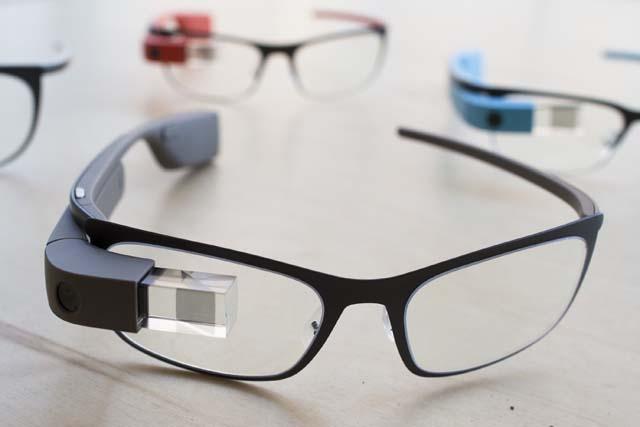SAN FRANCISCO –– Google on Tuesday gave early adopters of its Internet-connected eyewear a bit of advice: don’t be “Glassholes”.
It was the final suggestion in a recommended code of conduct posted online for software developers and others taking part in an Explorer programme providing early access to Google Glass.
The California-based Internet titan appeared intent on avoiding the kinds of caustic run-ins that have seen some Glass wearers tossed from eateries, pubs or other establishments due to concerns over camera capabilities built into devices.
Don’t be “creepy or rude (aka, a “Glasshole”),” Google said in a guide posted online for Explorer program members.
“Respect others and if they have questions about Glass don’t get snappy.”
Google suggest Glass wearers be polite and offer demonstrations to possibly win over the wary. Glass fans were advised it is proper to follow the same rules set down for smartphone use in businesses.
“If you’re asked to turn your phone off, turn Glass off as well,” Google said.
“Breaking the rules or being rude will not get businesses excited about Glass and will ruin it for other explorers.”
In the wake of one early adopter claiming Glass gave him headaches, Google told users not to “Glass-out” by starring into the inset prism screen for long periods at a time.
Glass was designed to deliver helpful bursts of information conveniently to let wearers get back to doing things in the real world, according to the technology firm. “If you find yourself staring off into the prism for long periods of time you’re probably looking pretty weird to the people around you,” Google said.
“So don’t read War and Peace on Glass. Things like that are better done on bigger screens.”
Google also advised against wearing Glass while playing impact sports, or being foolish enough to think the eyewear won’t draw attention.
The “do” list included venturing about, using voice commands, asking permission to take pictures, and employing screen locks to prevent use if Glass is lost or stolen.
Google last month unveiled a partnership with US vision insurer VSP to make prescription Glass and to reimburse some of the costs under health benefits.
That does not include the $1,500 price for Google Glass, which is in a test phase with a small number of “explorers” ahead of a wider release sometime this year.
Glass connects to the Internet using Wi-Fi hot spots or, more typically, by being wirelessly tethered to mobile phones. Pictures or video are may be shared through the Google Plus social network.
During the testing phase, developers are creating apps for the eyewear, which can range from getting weather reports to sharing videos to playing games.

















